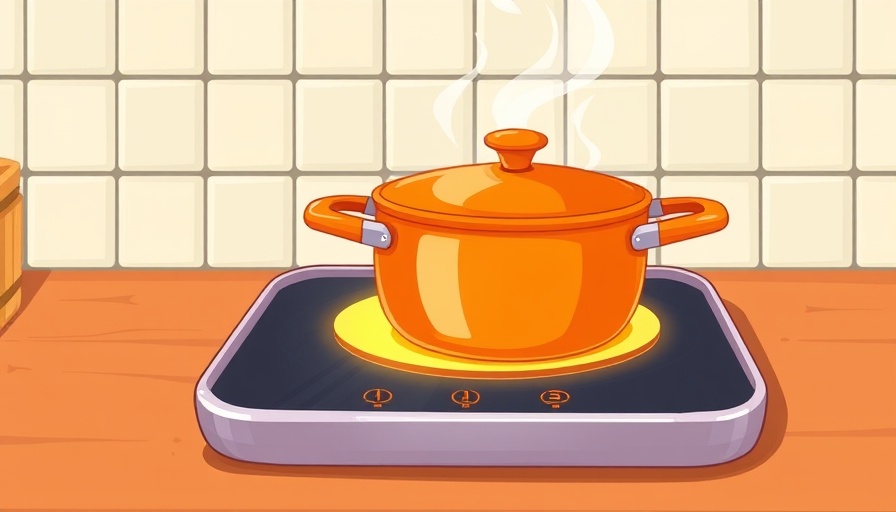
The Evolving Kitchen: Understanding Different Types of Stoves
In today's kitchens, the stove is more than just a tool for cooking—it's central to how we gather, connect, and create. Whether you're a culinary novice or an experienced home chef, understanding the various types of stoves and their functionalities can significantly enhance your cooking experience. From the reliable gas stove to the innovative induction cooktop, each type has unique features that cater to different needs and preferences.
Gas Stoves: Traditional Heat with a Modern Twist
Gas stoves have long been favored for their fast heating capabilities and precise temperature control. They utilize an open flame powered by natural gas or propane. This direct flame method allows for quick adjustments, making them ideal for those who enjoy cooking with a flair.
Pros: Heats quickly, works with most cookware, and offers immediate heat adjustments.
Cons: Requires a gas line installation, and the open flame can create potential safety risks.
Electric Hotplates: Practical and Affordable Options
Electric stoves, particularly hotplates, are beloved for their durability. Utilizing metal coils, these stoves rely on electricity to generate heat. They may not heat up as quickly as gas models, but they provide a reliable and economical choice for cooking.
Pros: Affordable, works with any cookware type, and has a long lifespan.
Cons: Slow in heating and cooling, making temperature adjustments more sluggish compared to gas.
Radiant and Glass Ceramic Stoves: A Style Statement
These modern stoves use electric heating elements beneath a smooth glass surface. With their sleek appearance, they add a touch of elegance to any kitchen. The clean design is also easy to maintain, making them popular among homeowners.
Pros: Aesthetically pleasing and simple to clean.
Cons: Takes longer to heat, retains heat after cooking, with surfaces that can easily scratch or crack.
Induction Cooktops: Safety Meets Efficiency
Induction cooktops represent the future of cooking technology. Using electromagnetic fields, they heat compatible cookware directly, providing fast and precise heating. Notably, the cooktop itself remains cool to the touch, significantly enhancing safety.
Pros: Energy efficient, quick heating capabilities, and reduces the risk of burns.
Cons: Requires induction-compatible cookware, and some models may produce a low humming sound during use.
Choosing the Right Stove for Your Kitchen
When it comes to selecting the perfect stove for your needs, consider several key factors:
- Fuel Source: Determine whether you prefer gas, electric, or induction based on availability and cooking style.
- Cooking Style: Each stove type caters to different preferences, from gas for responsive heat to electric for even baking.
- Kitchen Layout: Assess appliance placement, control locations, and space efficiency.
- Capacity: Choose burner and oven sizes that accommodate your family's cooking habits and size.
- Ease of Cleaning: Opt for smooth surfaces or self-cleaning options to minimize maintenance time.
The Future of Cooking: Predictions and Insights
As technology advances, we can expect more innovative features in stoves, such as integrated smart controls and energy-efficient designs. The convenience of smart appliances, allowing users to monitor and control their stoves remotely, will enhance the cooking experience. This transition not only makes cooking easier but also allows for better energy management and sustainability in our kitchens.
Conclusion: Making an Informed Choice
In conclusion, understanding the different types of stoves will empower you to make an informed decision tailored to your cooking needs. Whether opting for classic gas models, sturdy electric hotplates, stylish ceramic surfaces, or the cutting-edge induction cooktops, each option holds intriguing benefits embracing the culinary world at your fingertips.
If you're looking to upgrade your kitchen or simply want to understand more about the cooking process, take some time to explore these stove options. They shape not only the way we prepare our food but also how we connect over our shared meals.
 Add Row
Add Row  Add
Add 



 Add Row
Add Row  Add
Add 
Write A Comment